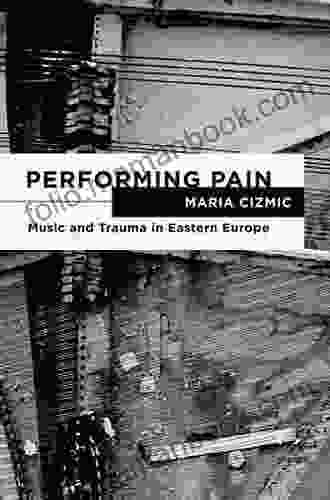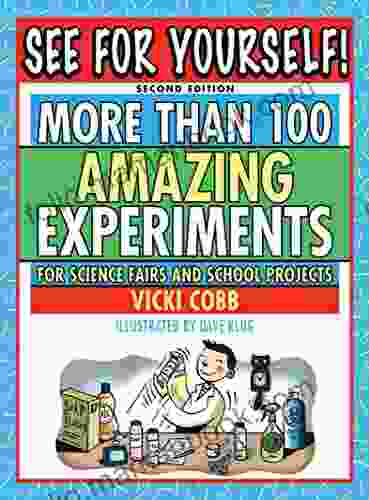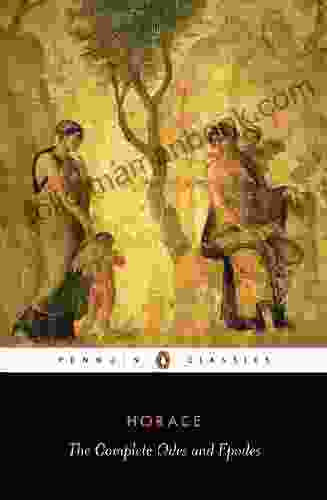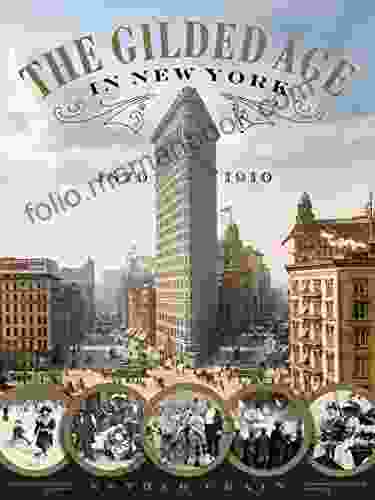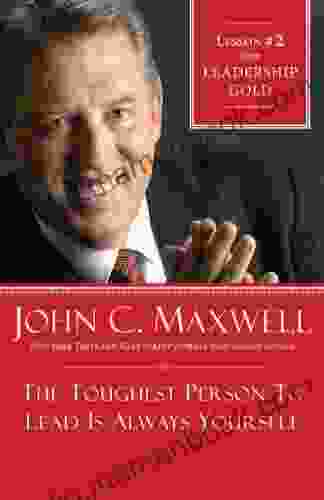Performing Pain: Music and Trauma in Eastern Europe

Music has long been used to express and process pain and trauma. In Eastern Europe, where political violence and social upheaval have been a recurring feature of history, music has played a particularly important role in documenting and resisting oppression, providing solace and healing, and promoting reconciliation and healing.
During the Soviet era, music was often used to suppress dissent and glorify the regime. However, it also provided a space for people to express their pain and suffering. In the gulags, prisoners sang songs to keep their spirits up and to document the horrors they were enduring. After the fall of the Soviet Union, many of these songs were collected and published, providing a valuable historical record of this dark period in history.
5 out of 5
| Language | : | English |
| File size | : | 5204 KB |
| Text-to-Speech | : | Enabled |
| Screen Reader | : | Supported |
| Enhanced typesetting | : | Enabled |
| Word Wise | : | Enabled |
| Print length | : | 256 pages |
| Lending | : | Enabled |
| Paperback | : | 32 pages |
| Item Weight | : | 10.4 ounces |
| Dimensions | : | 8.7 x 0.2 x 11.6 inches |
In the post-Soviet era, music has continued to play an important role in processing and expressing trauma. In Bosnia and Herzegovina, for example, music has been used to promote reconciliation between different ethnic groups. In Rwanda, music has been used to help survivors of the genocide to heal and rebuild their lives.
Music can be a powerful tool for healing and transformation. It can help people to express their pain and suffering, to connect with others who have experienced similar experiences, and to find hope and healing. In Eastern Europe, music has played a vital role in helping people to cope with the pain and trauma of the past and to build a better future.
Music as Documentation
Music has been used to document political violence and trauma in Eastern Europe for centuries. In the 19th century, for example, folk songs were used to commemorate the suffering of the Polish people under Russian occupation. During the Holocaust, Jewish musicians wrote and performed songs in the ghettos and concentration camps, documenting the horrors they were enduring.
After the fall of the Soviet Union, many musicians began to write and perform songs about the pain and suffering that had been inflicted upon their people. In Russia, for example, the singer-songwriter Viktor Tsoi wrote songs about the war in Afghanistan and the plight of the Soviet people. In Poland, the band Perfect wrote songs about the Solidarity movement and the struggle for freedom.
Music can be a powerful way to document historical events and to give voice to the victims of violence. By listening to these songs, we can learn about the pain and suffering that has been inflicted upon people in Eastern Europe and around the world.
Music as Resistance
Music has also been used as a form of resistance against political oppression in Eastern Europe. During the Soviet era, for example, rock music was often seen as a threat to the regime. In Poland, the band Perfect was banned from performing for several years because their songs were seen as being too critical of the government.
After the fall of the Soviet Union, music continued to be used as a form of resistance in Eastern Europe. In Serbia, for example, the band Električni Orgazam wrote songs that criticized the government of Slobodan Milošević. In Russia, the band Pussy Riot performed a protest song in Moscow's Red Square, which led to their arrest and imprisonment.
Music can be a powerful tool for resistance against oppression. By using their music to speak out against injustice, musicians can help to raise awareness of important issues and to inspire people to take action.
Music as Solace and Healing
Music can also provide solace and healing for people who have experienced trauma.
Listening to music can help people to feel less alone and to connect with others who have experienced similar experiences. Music can also help people to process their emotions and to find hope and healing.
In Eastern Europe, music has been used to help people to heal from the trauma of war, genocide, and political violence. In Bosnia and Herzegovina, for example, music has been used to promote reconciliation between different ethnic groups. In Rwanda, music has been used to help survivors of the genocide to heal and rebuild their lives.
Music can be a powerful tool for healing and transformation. It can help people to process their pain and suffering, to connect with others, and to find hope and healing.
Music as Reconciliation
Music can also be used to promote reconciliation and healing between different groups of people.
In Eastern Europe, music has been used to help to heal the wounds of the past and to build bridges between different ethnic groups. In Bosnia and Herzegovina, for example, music has been used to promote reconciliation between Serbs, Croats, and Bosniaks. In Rwanda, music has been used to help survivors of the genocide to forgive their perpetrators and to rebuild their lives.
Music can be a powerful tool for reconciliation and healing. It can help people to let go of their anger and bitterness and to find peace and forgiveness.
Music has played a vital role in processing and expressing pain and trauma in Eastern Europe. It has been used to document political violence, provide solace and healing, and promote reconciliation and healing. Music can be a powerful tool for helping people to cope with the challenges of life and to build a better future.
5 out of 5
| Language | : | English |
| File size | : | 5204 KB |
| Text-to-Speech | : | Enabled |
| Screen Reader | : | Supported |
| Enhanced typesetting | : | Enabled |
| Word Wise | : | Enabled |
| Print length | : | 256 pages |
| Lending | : | Enabled |
| Paperback | : | 32 pages |
| Item Weight | : | 10.4 ounces |
| Dimensions | : | 8.7 x 0.2 x 11.6 inches |
Do you want to contribute by writing guest posts on this blog?
Please contact us and send us a resume of previous articles that you have written.
 Top Book
Top Book Novel
Novel Fiction
Fiction Nonfiction
Nonfiction Literature
Literature Paperback
Paperback Hardcover
Hardcover E-book
E-book Audiobook
Audiobook Bestseller
Bestseller Classic
Classic Mystery
Mystery Thriller
Thriller Romance
Romance Fantasy
Fantasy Science Fiction
Science Fiction Biography
Biography Memoir
Memoir Autobiography
Autobiography Poetry
Poetry Drama
Drama Historical Fiction
Historical Fiction Self-help
Self-help Young Adult
Young Adult Childrens Books
Childrens Books Graphic Novel
Graphic Novel Anthology
Anthology Series
Series Encyclopedia
Encyclopedia Reference
Reference Guidebook
Guidebook Textbook
Textbook Workbook
Workbook Journal
Journal Diary
Diary Manuscript
Manuscript Folio
Folio Pulp Fiction
Pulp Fiction Short Stories
Short Stories Fairy Tales
Fairy Tales Fables
Fables Mythology
Mythology Philosophy
Philosophy Religion
Religion Spirituality
Spirituality Essays
Essays Critique
Critique Commentary
Commentary Glossary
Glossary Bibliography
Bibliography Index
Index Table of Contents
Table of Contents Preface
Preface Introduction
Introduction Foreword
Foreword Afterword
Afterword Appendices
Appendices Annotations
Annotations Footnotes
Footnotes Epilogue
Epilogue Prologue
Prologue Lorraine Eden
Lorraine Eden Jean Coppock Staeheli
Jean Coppock Staeheli Stephen J Ball
Stephen J Ball James Kerr
James Kerr Thomas Greanias
Thomas Greanias Horace
Horace Caleb Wygal
Caleb Wygal Kg Stiles
Kg Stiles Hunter Clarke Fields Msae
Hunter Clarke Fields Msae Marisela Norte
Marisela Norte S B Divya
S B Divya Isis Estrada
Isis Estrada Alan Gordon
Alan Gordon Jay Calderin
Jay Calderin Tracey West
Tracey West Juliet Anderson
Juliet Anderson Jesse Q Sutanto
Jesse Q Sutanto Gayle Van Horn
Gayle Van Horn Subhash Chandra
Subhash Chandra Tim Cooper
Tim Cooper
Light bulbAdvertise smarter! Our strategic ad space ensures maximum exposure. Reserve your spot today!

 Patrick RothfussHow to Make Money on Instagram Stories in 2023: A Detailed Guide with Proven...
Patrick RothfussHow to Make Money on Instagram Stories in 2023: A Detailed Guide with Proven... Paulo CoelhoFollow ·13.3k
Paulo CoelhoFollow ·13.3k Ernest J. GainesFollow ·17.5k
Ernest J. GainesFollow ·17.5k Edward ReedFollow ·18k
Edward ReedFollow ·18k Juan ButlerFollow ·4k
Juan ButlerFollow ·4k Reginald CoxFollow ·2.8k
Reginald CoxFollow ·2.8k Darren NelsonFollow ·19.8k
Darren NelsonFollow ·19.8k Leon FosterFollow ·8.9k
Leon FosterFollow ·8.9k Eugene PowellFollow ·10.8k
Eugene PowellFollow ·10.8k
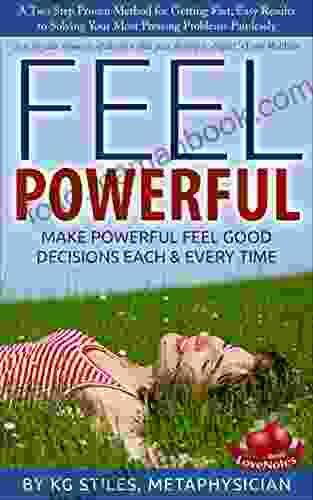
 Dean Cox
Dean CoxHow to Make Decisions Easily & Effortlessly: The...
The Different Types of Decisions There...
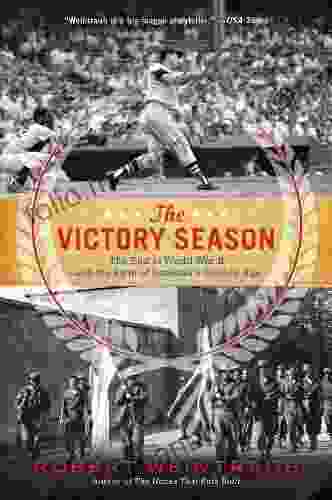
 Gustavo Cox
Gustavo CoxThe End of World War II and the Birth of Baseball's...
The end of...

 Patrick Rothfuss
Patrick RothfussThe Dantes: An 11-Family Saga of Billionaires, Soulmates,...
The Dantes is an epic family saga that follows...
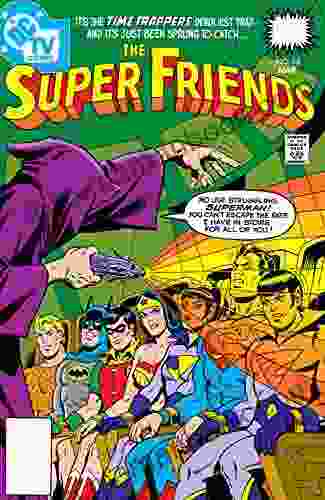
 Dylan Mitchell
Dylan MitchellSuper Friends: The Animated Adventures That Defined a...
In the vibrant landscape of American...
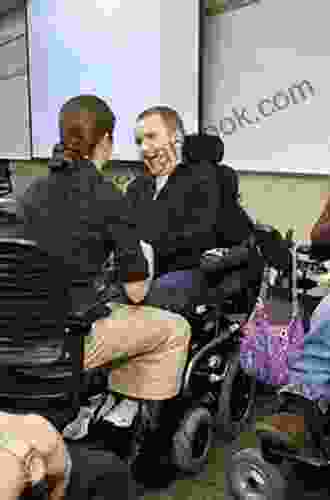
 Jamal Blair
Jamal BlairCollege For Students With Disabilities: We Do Belong
College can be a...
5 out of 5
| Language | : | English |
| File size | : | 5204 KB |
| Text-to-Speech | : | Enabled |
| Screen Reader | : | Supported |
| Enhanced typesetting | : | Enabled |
| Word Wise | : | Enabled |
| Print length | : | 256 pages |
| Lending | : | Enabled |
| Paperback | : | 32 pages |
| Item Weight | : | 10.4 ounces |
| Dimensions | : | 8.7 x 0.2 x 11.6 inches |


